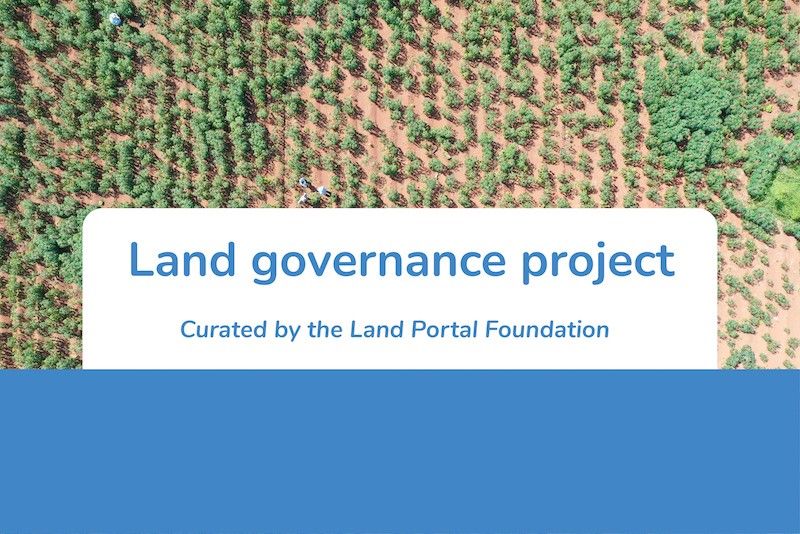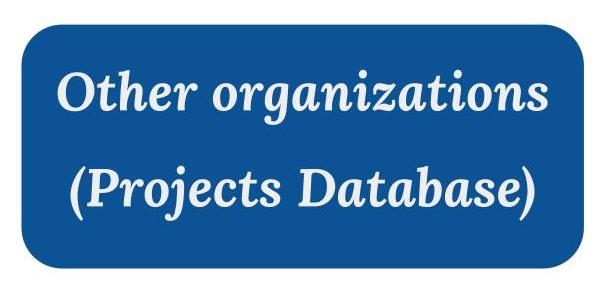Community / Land projects / CGIAR Initiative: Transforming AgriFood Systems in West and Central Africa
CGIAR Initiative: Transforming AgriFood Systems in West and Central Africa

€3654915.239
04/22 - 03/25
Ativo
This project is part of
Implementing Organisations
Donors
Data Providers
General
Over 552 million people live in West and Central Africa (WCA), the majority in rural areas, but with some of the highest growth rates of urbanization in the world (>4% annually). After years of steady progress in some of the countries, economic activity in 2020 was impacted by measures to contain the COVID-19 pandemic, in addition to the climate crisis and high unemployment rates[i].
Agriculture contributes 30-50% to GDP and provides income and livelihoods to 70-80% of the population. Out of the 65% of the labor force in the rural areas, 42% of the women practice smallholder farming[ii]. The sector has not been able to live up to its huge potential (favorable climatic conditions, high agricultural productivity potential, support of many donors, etc.) to feed the growing population[iii] due to disruptive forces of climate change, including rapid land degradation and increasing incidences of invasive pests and diseases. Many consumers often resort to imported and ultra-processed foods increasing the triple burden of malnutrition.[iv] Reduced biodiversity affects soils health and crop reproduction[v], while degraded landscapes are no longer OneHealth-sensitive[vi]. Markets and value chains are at best fragmented due to huge post-harvest losses, a dilapidated infrastructure, and a non-supportive policy environment. Capacities remain few for youth and women in transforming food systems, while increasing conflicts often result in bad governance further curtailing any potential in the region[vii],[viii]. However, WCA presents several opportunities. Three quarters of the region’s population is under the age of 35 and make the region to be one of the youngest populations in the world. A young population is an opportunity of labor force to transform food system. CGIAR has been working for almost five decades to enhance rural output in the region. Leverage on existing technologies for scaling out is a great opportunity to achieve impact at scale.
By focusing primarily on food and nutrion security and making agrifood systems more climate adapted, the Initiative will make contributions to the five Impact Areas of the One CGIAR. Access to quality, nutrient-dense seed and climate-smart Good Agricultural Practices (GAP) and reduced post harvest losses will have a positive impact on food and nutrition and health security. The matching of digital supply – demand services, will increase productivity and improve adaptation to Climate Change. It wil have positive impact on poverty reduction, livelihoods and job creation by providing opportunities and tools for women and youth to engage in the labour market and by increasing their access to finance. Through a gender transformative approach and derisking agriculture production, youth and women will be empowered, reducing existing gender gaps and increasing business opportunities. Through citizen science, landlessness and disputes among resource users would be mitigated while issues of poor environental health and biodiversity loss would be addressed through good governance of natural resources. By supporting regulatory and policy environments, the Initiative will contribute to creating a socially inclusive platform for Public and Private Partnerships (PPPs).
The Initiative aligns with country priorities in the region. Relevant country sector development strategies such as the Poverty Reduction Strategy Papers have identified priority interventions in the agricultural sector.[ix] These are spelt out in the CAADP 2015-2025 Results Framework[x]; ECOWAS Common Agricultural Policy[xi] and CORAF objectives[xii]. The Initiative also aligns to priorities of the African Development Bank (AfDB) (https://www.afdb.org), World Bank, the Rome Based Agencies (FAO, WFP and IFAD) and the United Nations through the UNFSS[xiii] country comitments. The Initiative builds on the Consortium for Improving Agriculture-based Livelihoods in Central Africa (CIALCA) funded by the Belgian Government thus creating a CGIAR-strategic long-term progammatic and financing platform for Central Africa[xiv].
[i]https://www.ipcc.ch/report/ar6/wg1/#regional
[ii] https://lupinepublishers.com
[iii] https://www.fao.org/3/cb4474en/cb4474en.pdf
[iv] https://www.ifpri.org/blog/address-triple-burden-malnutrition-focus-food-systems-and-demand
[v] https://bg.copernicus.org>2016
[vi] https://www.fao.org/one-health/En
[vii] https://www.routledge.com>book
[viii] https://bg.copernicus.org>2016
[xi] https://www.tandfonline.com
[xiv]https://docs.google.com/presentation/d/1XnN7MCNeZSKU0bgI7vNZJJpvyj1j1Cwp/edit?usp=sharing&ouid=110668620919215804430&rtpof=true&sd=true


